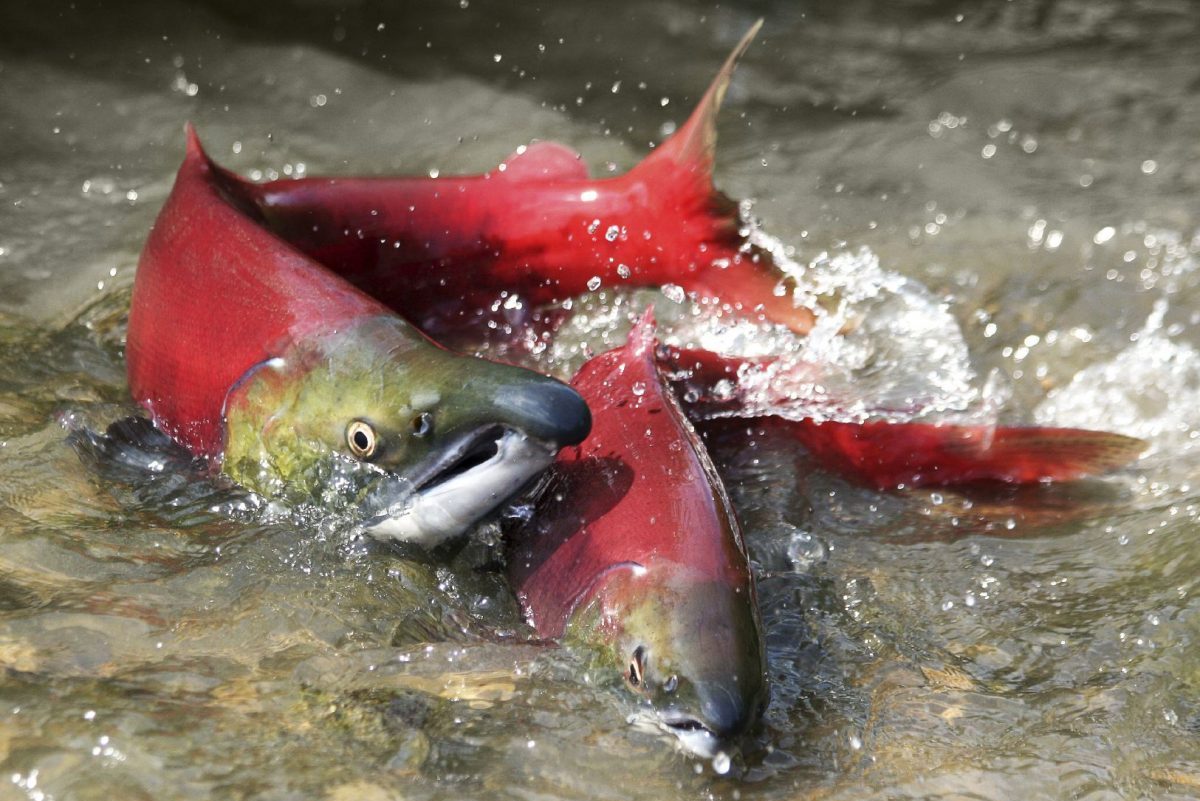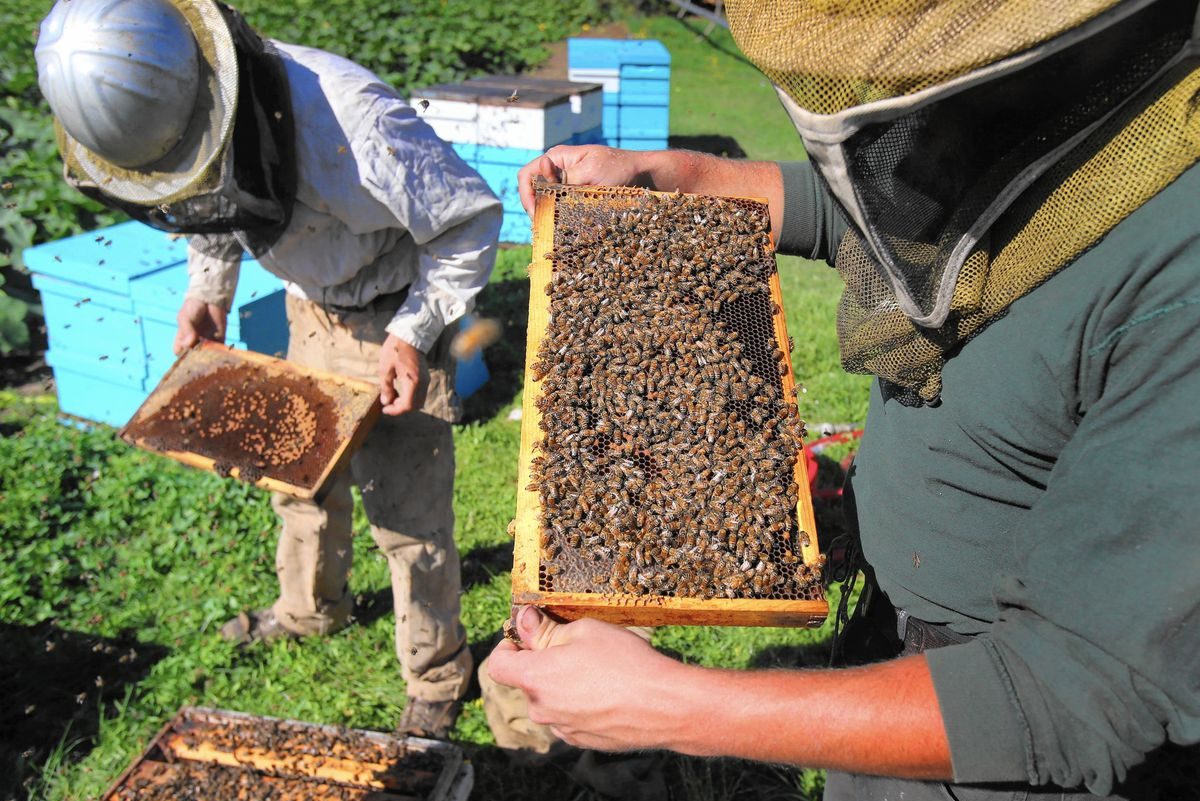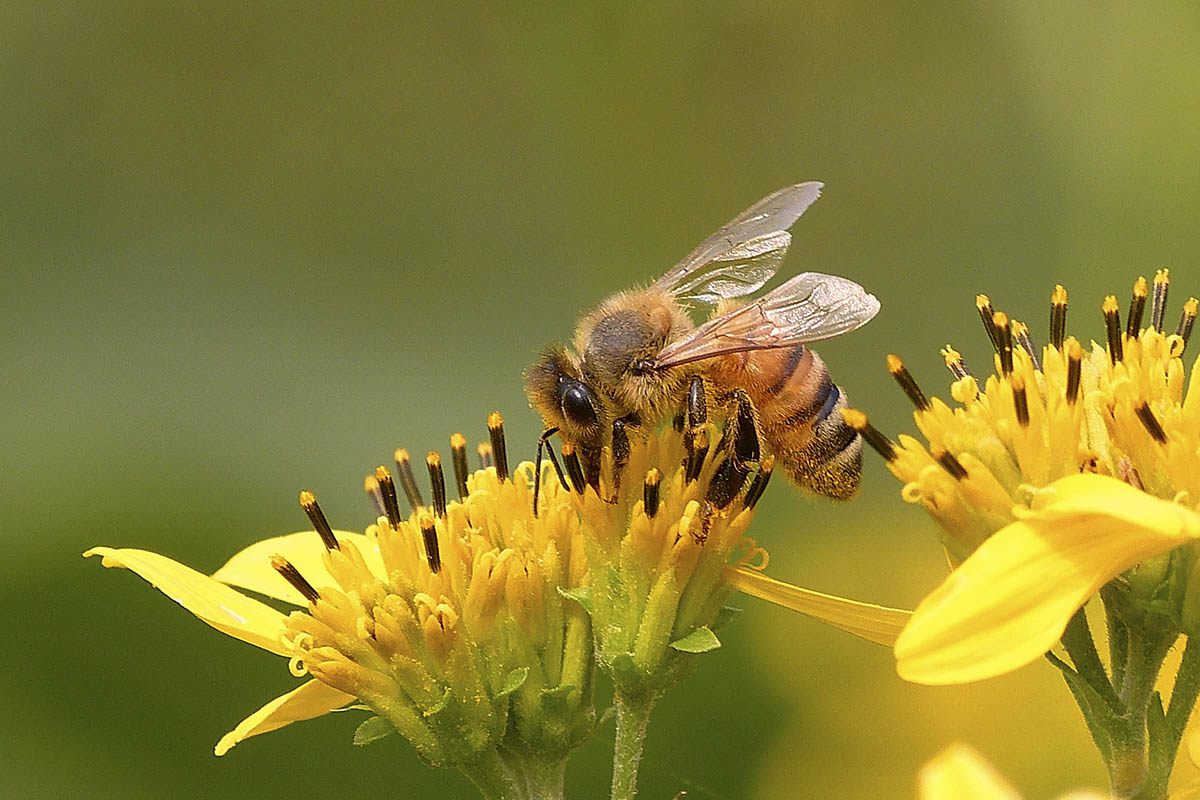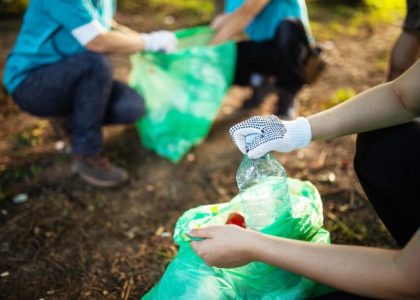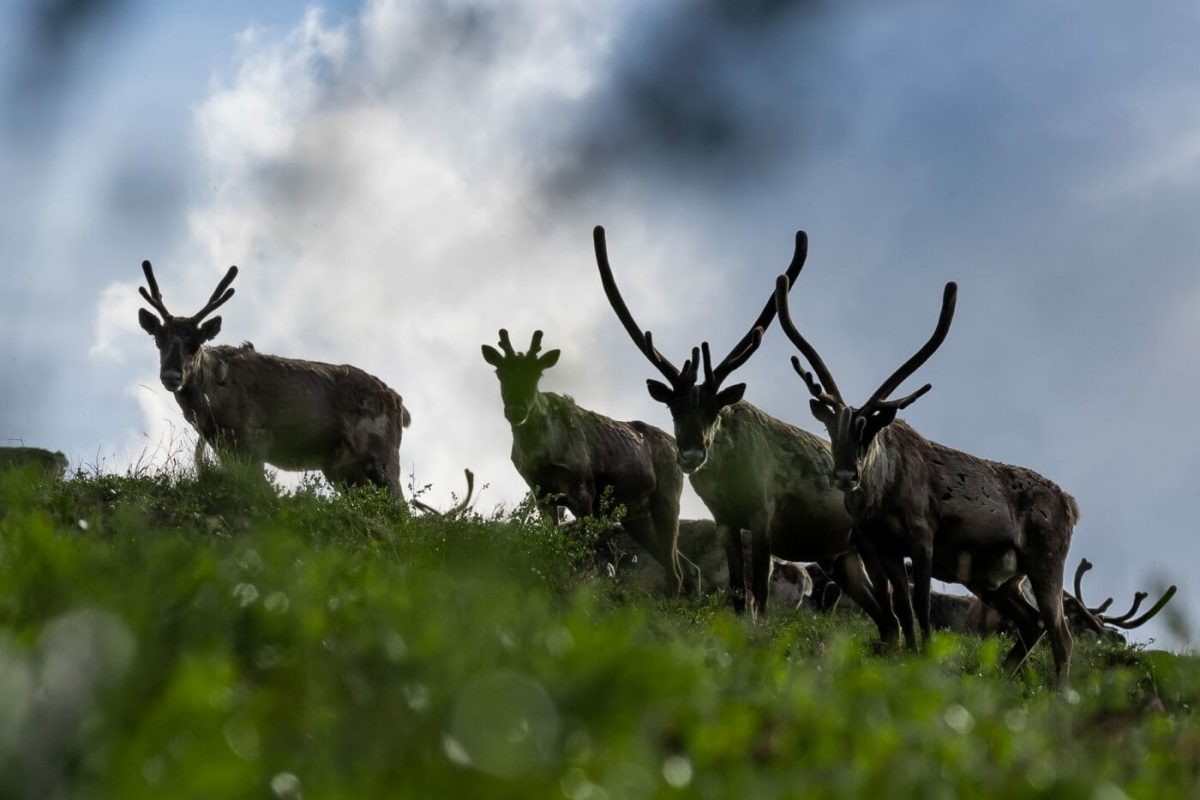In the North Pacific waters of Canada lies five species of Pacific salmon. They include chinook (also known as king), sockeye, pink, chum, and coho salmon. These types of salmon usually begin their lives in freshwater streams, rivers, and lakes then later migrate to the sea as small fish, commonly referred to as smolts.
While living in the sea, they quickly learn how to transition and adapt from freshwater to salty water. This implies that salmon is anadromous fish. After the salmon have matured into adulthood, they later return to their native habitat where they spawn new generations.
Fascinatingly, it is like a biological clock that tells them to return to their previous locales. In addition, spawning is usually the last act of a salmon before it dies. This is due to the loss of energy it used when traveling back to its local habitat.
Salmons are considered healthy foods for the indigenous people, as a primary source of proteins. They are also a part of cultural beliefs and economic solutions for people who keep these species. Salmon farming is generally referred to as the rearing of salmon in netpens while in coastal waters until they are ready for harvest.
However, salmon face a lot of threats like illegal harvesting, destruction of their habitats, and climate changes. Currently, Canadian Parks & Trees Protection is on the move to defend salmon species from being extinct.


